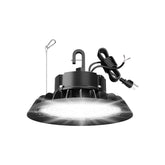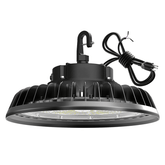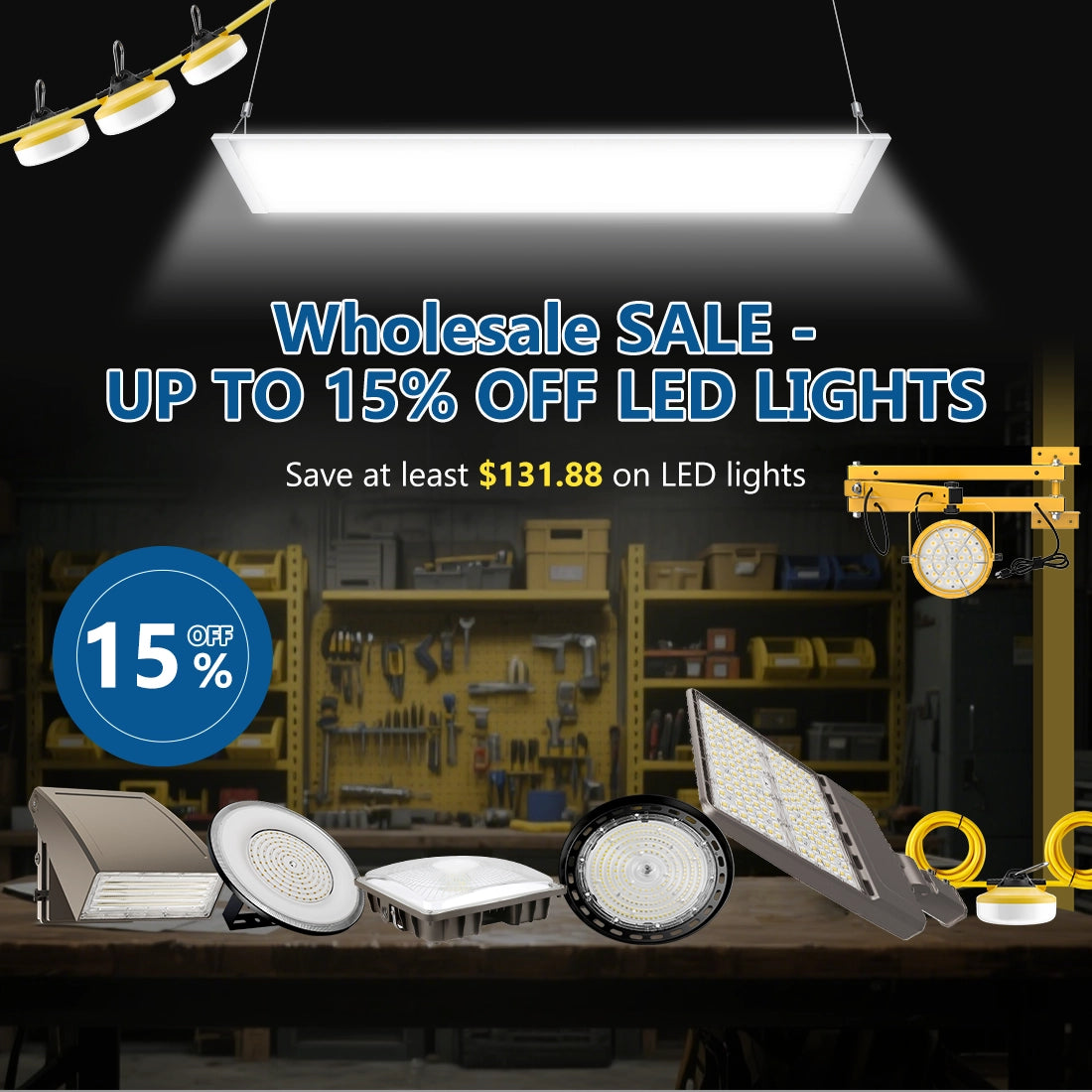LED lighting enhances the safety of commercial buildings
Commercial buildings face many safety and security challenges. One way to address these challenges is lighting. In fact, an efficient lighting system is essential to ensure the safety of employees and visitors.
When it comes to lighting, LED lighting offers several benefits that can enhance the safety of commercial buildings while significantly reducing energy costs compared to other lighting technologies.
In this article, we will explore how LED lights can improve the safety of commercial buildings.

Improved visibility
Bright, uniform lighting improves visibility inside and outside commercial buildings, and the long life of LED technology reduces the likelihood of lights going out when they are needed most. These qualities can help prevent accidents and make it easier for staff and visitors to navigate within the hotel. In addition, LED lights are directional in nature and can be positioned to provide targeted lighting, illuminating dark corners and reducing the risk of accidents. With LED sign programming, building managers can further enhance visibility by customizing illuminated signs to highlight key areas or pathways dynamically.

Unlike high-pressure sodium lamps and metal halide lighting, LED technology is also instantly switched on. Those older technologies can take up to 20 minutes to reach full brightness. Visibility was reduced for 20 minutes.
Incremental control
LED lights can be connected to lighting controls and advanced lighting control systems. This allows commercial properties to adjust lighting levels to suit specific tasks and times of day. Safety and security are ensured by providing lighting cover when and where it is needed. At the same time, lowering lighting levels can reduce energy bills when 100% brightness is not required.
Learn more about advanced lighting controls in real-world applications: Our team designed a lighting plan and supplied the lamps for the controls dealership.

Emergency lighting
LED lights are ideal for emergency lighting applications because they are efficient and can be easily integrated into emergency lighting systems. In the event of a power outage, LED emergency lights or standard LED lights equipped with emergency backup drives can provide 90 minutes of reliable, efficient emergency lighting, ensuring that employees and visitors can safely evacuate the building.
Deterrent offence
The increased visibility of LED lights makes it difficult for criminals to hide in the shadows. And because they operate for an average of 50,000 hours, much longer than other lighting technologies, you can rely on years of lighting cover without maintenance. There will be far fewer extinguished lights for potential criminals to exploit. Learn more about lighting as a crime deterrent in 'The Relationship between Street Lights and Crime.'
Types of safety and security lighting
From parking lots to building entrances, stairwells to exits - throughout your commercial property, you'll find areas that can benefit from safe or secure lighting. Here are our most popular safety and security lighting options:
Outdoor safety lighting includes wall wraps, floodlights, ceiling lights for building facades and awnings, parking lot lights, parking lot lighting
Exit signs and emergency lights save energy while complying with building codes.
Harsh and Hazardous place lights provide safe lighting in unstable areas and harsh conditions.
If you are looking for a specific lighting solution, we have access to the directories of most major lighting manufacturers. View our line cards or submit a product inquiry.
LED lights play a vital role in improving the safety and security of commercial buildings. They provide better visibility, better control, emergency lighting and deterrence against crime. By switching to LED lights, commercial property owners and renters can ensure a safer environment for employees and visitors.








